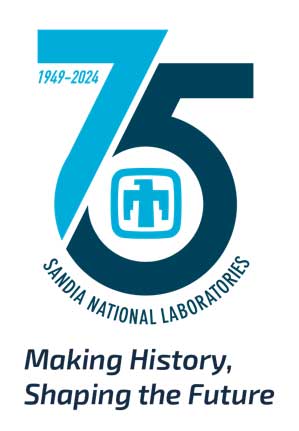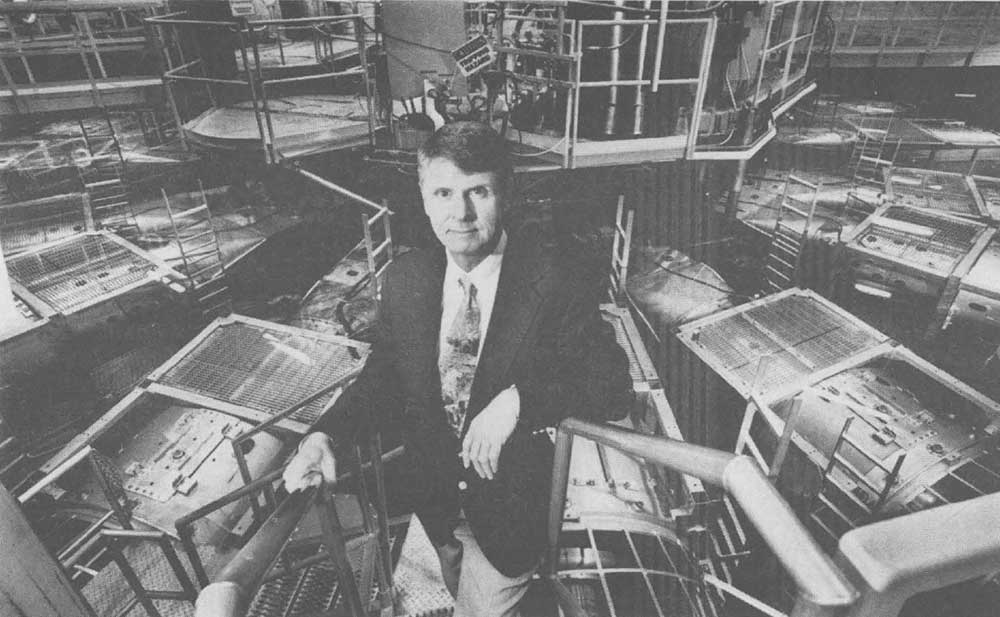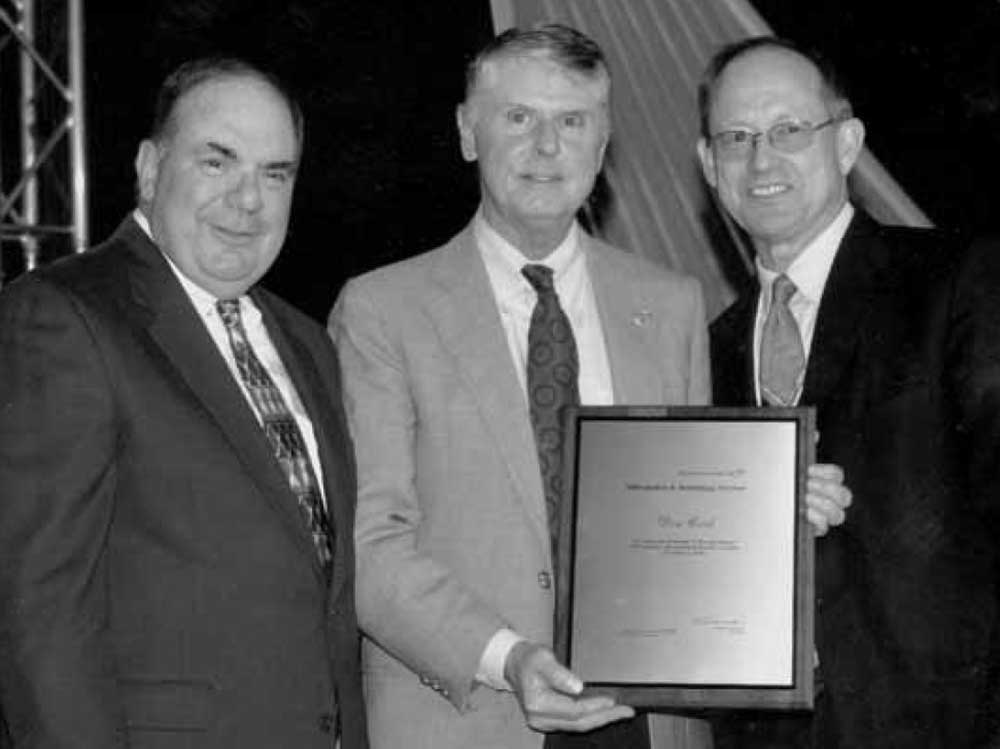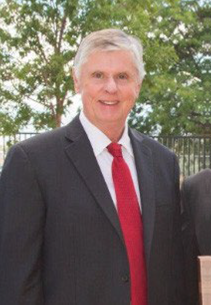Led work on Z, MESA and early underground subcritical testing diagnostics

In 1963, Don Cook made Eagle Scout. This designation — indicative of character and leadership — foreshadowed a life of significance.
Validating the Boy Scouts’ early insight, Cook, years later, spearheaded a team that undertook the multiyear conversion of Sandia’s ion beam facility, known as Particle Beam Fusion Accelerator II, into the globally renowned, high-current driver of electrical pulses he named Z.
Z is the world’s most energetic fusion-oriented pulsed power facility. It worked by delivering brief yet powerful electrical currents through foil cylinders and, later, through thin wires hanging vertically in the Z direction. The accompanying magnetic field wrapped around and compressed the metallic plasma the wires had become. The result resembled a lightning bolt, but one vastly more powerful than nature’s version. This reaction, known as a Z-pinch, produced X-rays at Sandia that in power surpassed the world’s entire electricity production for nanoseconds.

After investing half a decade exploring the fusion implications of this breakthrough, Sandia’s management urged Cook to apply his administrative and scientific acumen to the most ambitious project on Sandia’s horizon: the Microsystems Engineering and Science Applications complex, or MESA.
“My management believed I could effectively communicate with Washington, justifying the funding we needed,” he said. “Sen. Pete Domenici helped immensely.”
Cook’s innate forthrightness was key to his success in the capital city. He had been candid with funding agencies during both problematic and successful project phases. “They valued that honesty in Washington,” he said.

Transitioning from overseeing Z, Cook engaged in “defining, designing and constructing” Sandia’s new major experimental facility. The speed, efficiency and cost-effectiveness of the project were indicative of Cook’s management prowess. For instance, he organized MESA’s development as a matrix project, bringing together Sandia’s top performers in a central design area while keeping them in their prior management structure through the project’s completion.
“Do you have any idea what it means to a Washington agency head to be told one of his projects has been completed on time and under budget?” a Lab News story quoted a Washington administrator as saying at MESA’s formal opening in 2007. The complex microfabrication facility, designed to produce a weapon’s microchip brain protectively hardened against incoming radiation, also made it possible for Sandia researchers to explore broader fields impacting U.S. security, such as micro-optics, microphotonics, micromechanics and microelectromechanical devices, or MEMS.

Cook attributes his funding successes to a fundamental principle: “Money follows vision. It never leads it.” This belief in communication aligns with his leadership style, emphasizing attentiveness to staff insights. “I love working with people,” he said. “I did engineering management at Z and program management at MESA, but I love even more motivating people. I really listen, try very hard to get to know them, try to reason together what needs to be done. I feel that telling them what to do is an unworthy shortcut. I want to assemble a plan that makes sense to a large variety of people, so I never decided what was important by myself. The technical experts always decided.” Only once a strategy had emerged, he would approach DOE to ask for project funding.
Keys to success
Cook credits early “luck and circumstances” in his life’s journey when he attended the University of Michigan for a bachelor’s in nuclear engineering and later, despite his initial doubts he was “smart enough” to attend, a doctorate in applied plasma physics at the Massachusetts Institute of Technology.
“My academic background gave me an engineering and physics outlook that together have been very helpful,” he said. “They taught me how to design equipment and facilities yet helped me maintain an overall outlook that focused on achieving the mission need with a high probability of success.”
His comprehensive approach led to experimental and theoretical research programs that delivered, he said, “exponential increases in information for nuclear weapon stockpile stewardship.”

(Photo courtesy of Pacific Northwest National Laboratory)
In 1994, when physical testing of nuclear weapons was placed administratively beyond reach, Cook volunteered Sandia for X-ray imaging of subcritically compressed plutonium far underground at the Nevada test site. The method made it possible to determine the material’s pressure and density, thus deriving its temperature and equation-of-state. This initiative, stemming from earlier accelerator work that only Sandia had pursued, contributed decades later to the Labs’ pivotal role in the Scorpius project, which attempts a more intricate version of the same feat.
After 28 years, Cook transitioned from Sandia to become the managing director of the U.K. Atomic Weapons Establishment before being appointed by President Obama as the deputy administrator for Defense Programs within NNSA. In his five-year role at NNSA, he provided leadership and direction for the U.S. nuclear security complex, led the preparation of the President’s Budget Request for Defense Programs and defended planned expenditures in annual congressional testimony.
Upon completing this chapter of his life, Cook retired, returning to his home in Washington state. There he serves on three Sandia review committees and assists his church in maintaining overnight facilities for 16 homeless people.
“These are good people down on their luck,” he said, “and I’m a hands-on guy.” He repairs items broken through harsh use and performs welding, plumbing and electrical tasks. His active post-retirement life remains committed to service and making tangible impacts, or, as Cook puts it, “not a whole lot different from my previous work.”